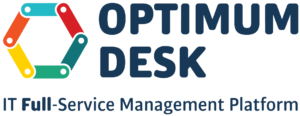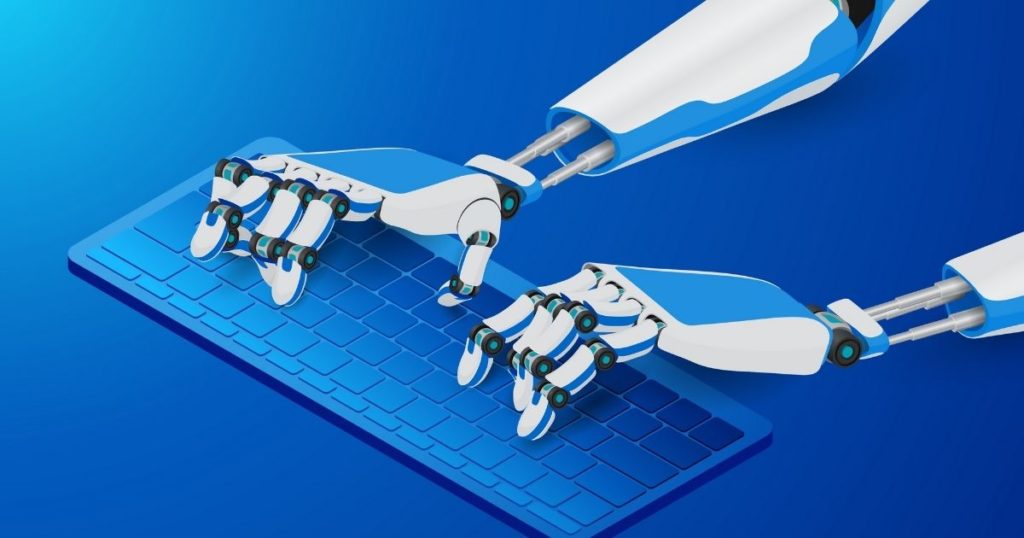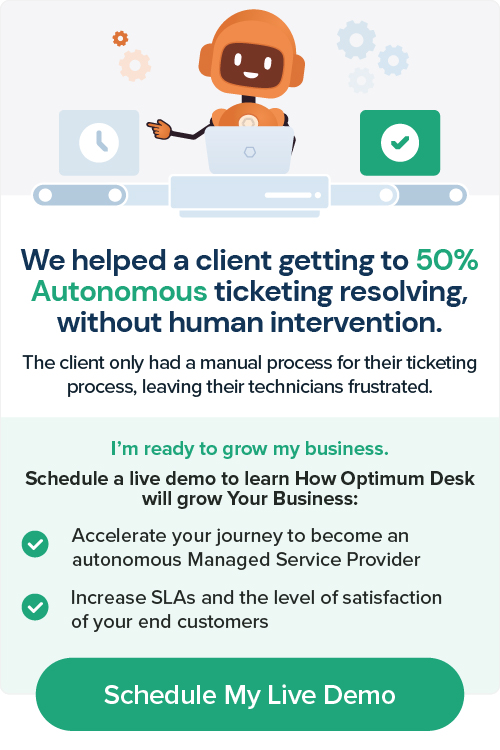Autonomous Service Delivery (ASD) refers to enabling developers, program managers, service engineers, site reliability engineers to build efficiently, as well as to run scale-based online services or applications with AI (artificial intelligence) & ML (machine learning) techniques. ASD is expected to contribute to improving the quality of services, customer satisfaction, improve technology products, and reduce costs. With worldwide hype for artificial intelligence, IT leaders are skeptical about whether it will actually be useful to them or add to their costs.
Why Autonomous Service Delivery?
It is very clear now that the technology industry is booming and transforming every day from product delivery to service delivery. Consequently, the way services are built and published differs from traditional products, which brings the importance of operational efficiency for services.
The scale and complexity of services represent significant challenges for applications and service engineers in the economical and efficient management and construction of ASD.
In general, Autonomous Service Delivery refers to empowering software assistants and engineers to assemble and operate services that are simple to support and maintain through the use of artificial intelligence and machine learning techniques. The value of ASD is important to ensure the quality of services and customer satisfaction, stimulate engineering productivity, and reduce operational costs.
Real-world challenges
The software business is still in the early stages of implementing and innovating Autonomous Service Delivery. According to IDC, “By 2024, 60% of companies will be incorporating ML / AI analysis, accelerating software delivery and improving quality, security, and compliance by integrating information, triggers, and predictive analytics.”
As Microsoft Research Paper claims there are few challenges of implementing the proper Autonomous Service Delivery:
Challenge #1: Gaps in innovation methodologies and mentality
AI requires holistic thinking and a sufficient understanding of the entire problem area, from the value and constraints of business, data models, to the factors associated with system and process integration.
There are difficulties in changing the mentality from traditional ways, ie digging in individual cases, taking a look at the steps of reproducing errors and detailed logs, which is inefficient or even impossible in large-scale assistance situations, the modern way of identifying patterns and learn from history.
Challenge #2: Engineering changes need to be sustained
AI best practices are difficult to implement for small organizations. Building the use of the Autonomous Service Delivery solution requires substantial technological efforts. AI engineering is still at a very early stage, and also best practices/principles/design models are not yet well established in the industry.
For example, AI principles should include constant identification and assurance of model quality, data/label quality tracking, and information action. The quality and quantity of data available now are not enough to make full use of the potential of AI solutions.
Continuous improvement of the quantity and quality of data is needed. A key approach is needed for autonomous solutions instead of ad-hoc logging to troubleshoot some issues.
Challenge #3: Difficulty in building ML models
Respecting individual situations, detecting provider behavior, it is difficult to get enough labels to understand “what is abnormal” in certain scenarios. Almost every service evolves with changing customer requirements and changes in basic infrastructure. The problem with construction models is the amount of information that needs to be analyzed and the complexity of the internal logic of the services.
One solution to all problems
Do you need answers to your questions, such as where should workloads be placed for optimal performance and cost savings? How do you maintain application connectivity to maximize availability? How do I ensure maximum availability and performance? Do I do enough for my network?
Only if you have an ASD solution is not enough, you will also need network monitoring at all times. Having a layer of artificial intelligence on top of your network monitoring data adds real intelligence and can address most of the challenges listed above.
You can get all this and much more using the Optimum Desk Full-Service Management Platform. In addition to Autonomous Service Delivery also offers remote monitoring solutions for your IT infrastructure. Schedule a FREE DEMO call with one of our experts and we will be more than happy to help you solve all your client’s problems.


